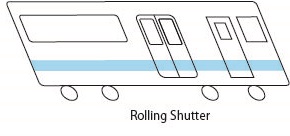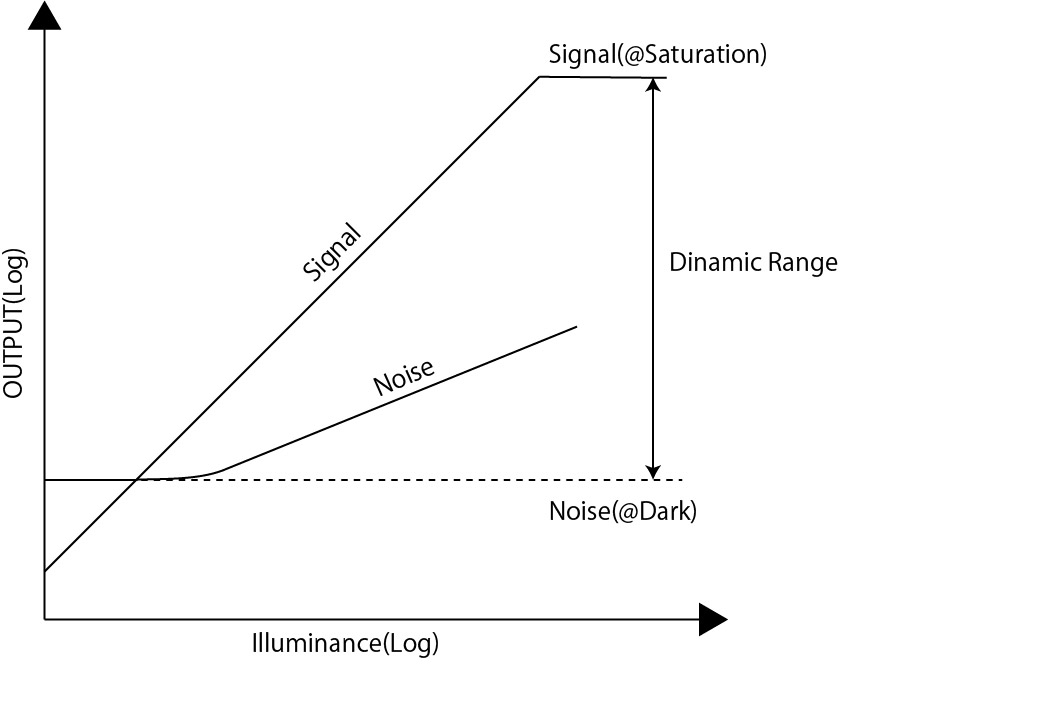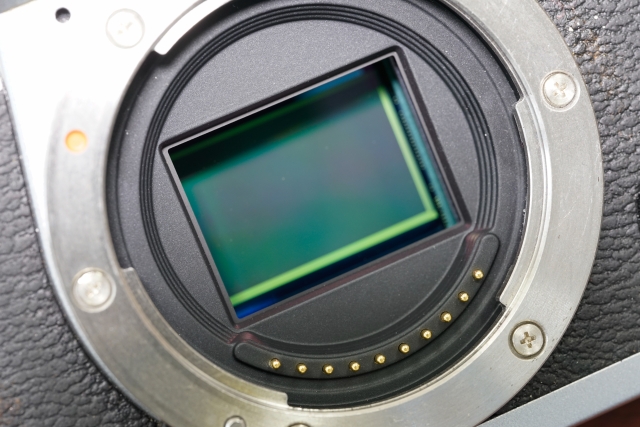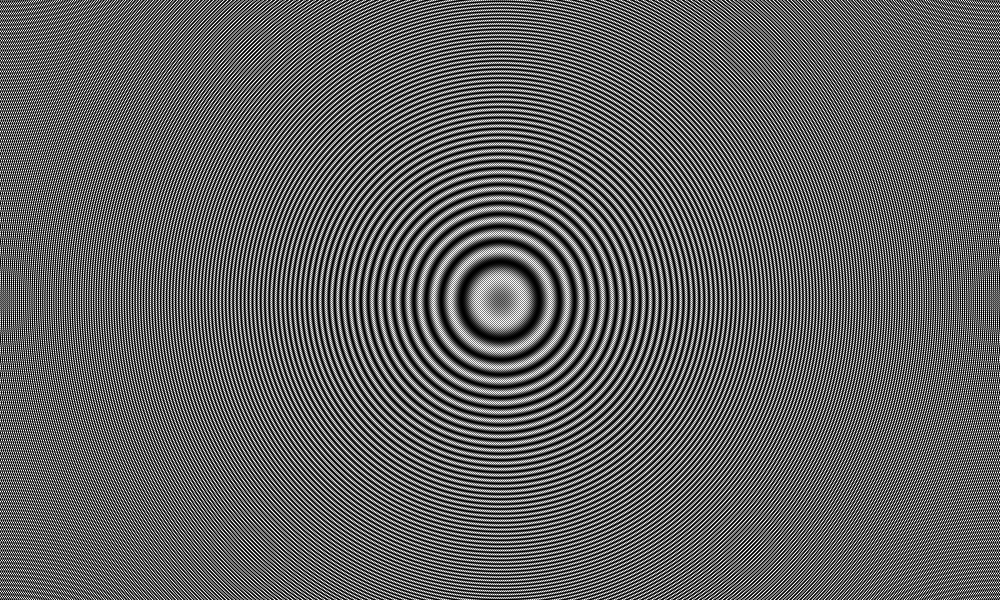Rolling shutter phenomenon is when a camera takes a picture of a subject moving at high speed and the subject is distorted in the picture. It is also called rolling shutter distortion. For example, let’s say you take a picture of a train passing by at high speed from a station platform. Then the captured image may be distorted at an angle as shown in the rolling shutter image below. This phenomenon is called rolling shutter phenomenon (distortion).

This phenomenon occurs when an object moves horizontally, it will look as if it is distorted at an angle, but when it moves vertically, it will look as if the object is stretched and contracted. This phenomenon also occurs with objects that rotate at high speed, such as fans and propellers. So, why does this phenomenon occur? Let’s check the causes.
Causes of rolling shutter phenomenon (distortion)
First, the rolling shutter phenomenon (distortion) is caused by the operating method of CMOS image sensors. There are two methods of image sensor operation: rolling shutter and global shutter. The global shutter method is one that allows simultaneous shutter switching across the entire pixel array of the image sensor. On the other hand, rolling shutter is a method in which the shutter is activated sequentially, row by row, starting from the top of the pixel array. Therefore, in the rolling shutter method, the shutter timing is different at the top and bottom of the pixel array.
So why does a rolling shutter cause distortion? The main reason is that the shutter timing is different at the top and bottom of the screen. When shooting an object moving at high speed from the left side of the screen to the right side of the screen, the shutter at the top of the screen is timed at the left side of the screen. On the other hand, at the bottom of the image, the shutter will be released on the right side of the image, resulting in distortion. The figure below shows the result. In this way, the rolling shutter phenomenon causes objects moving horizontally to be distorted at an angle.

How to solve the rolling shutter phenomenon
Now we will consider solutions to the rolling shutter phenomenon. There are three possible solutions.
The first is to use a camera equipped with a meca shutter. This phenomenon is caused by taking pictures using the electronic shutter of a CMOS image sensor, so if a mechanical shutter is used, the rolling shutter phenomenon will not occur in the first place. However, it cannot be used when shooting moving images.
The other two solutions are based on the evolution of image sensors.
The second is to achieve ultra-high-speed readout in rolling-shutter CMOS image sensors. This phenomenon occurs when the shutter timing is shifted between the top and bottom of the pixel array, and by reading out fast enough to eliminate this shift, distortion can be minimized.
Such sensors are already available in the world, and Sony and others have already achieved this.
The last is to use an image sensor with a global shutter. There are two types of image sensors: CCD image sensors and CMOS image sensors. However, as companies have advanced in development, image sensors with a global shutter have also emerged.
For smartphone cameras and in-vehicle cameras that cannot use mechanical shutters, global shutter image sensors may come to be used. In particular, if the rolling shutter phenomenon becomes a problem in cameras for automatic driving, it could lead to accidents, so I believe that each company will respond to this issue.
Summary
Now let’s review the rolling shutter phenomenon.
Q.What is rolling shutter phenomenon (distortion)?
A.It is a phenomenon in which a subject is distorted when a high-speed subject is photographed with a digital camera.
Q.What is the cause of the rolling shutter phenomenon (distortion)?
A.In the rolling shutter method, the readout timing is different at the top and bottom of the pixel array.
Q.How to solve rolling shutter phenomenon (distortion)?
A.Use a mechanical shutter.
Use an image sensor with a high speed readout.
Use a global shutter image sensor.
There are three solutions.







コメント